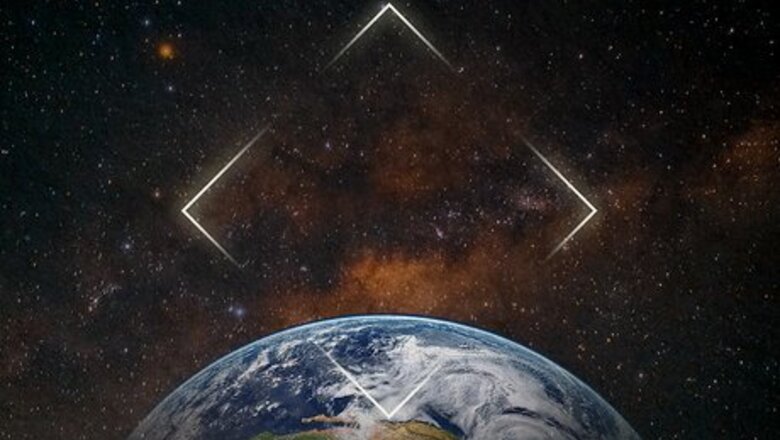
views
- Squares typically represent sturdiness, strength, and completeness.
- In design and architecture, the square is closely related to ideas of community and equality.
- Most religions observe the square as a symbol of divinity.
- According to numerologists, the square is foundational and its 4 points represent strength.
Overview

The square typically represents equality, sturdiness, and reliability. The square is the perfect balance between 4 points, and nature is full of sets of 4 that complete and depend on one another. The overall impression of the square is one of stability and dependence. It is the base for the pyramid and the shape you use to construct the center of a circle. Other sturdy balances reflected in the square include: The 4 cardinal directions (north, east, south, and west) The 4 elements (air, water, fire, and earth) The 4 seasons (fall, summer, spring, and winter) The 4 cosmic elements (suns, moons, planets, and stars) The 4 phases of life (birth, childhood, adulthood, and old age)
Dream Symbolism

Squares in dreams often represent acceptance or comfort. Things are rarely as perfect or symmetrical as the square in real life, so it’s unlikely a dream featuring a square is about things not lining up for you. As such, squares are normally a sign that things are going well. Perhaps you’ve learned to accept a difficult situation, or maybe you’ve subconsciously realized you have nothing to fear. The square may represent your home, since homes are often made of rooms (just cubes made of squares!) and plots of land are often square. Perhaps the square resembles a door, which could symbolize opportunity, hope, or freedom. Squares in dreams could also be an expression of love for your family, or your sense of closeness with your community. The color of the dream square can impact its meaning dramatically. For example, a red square may indicate passion, while a blue square may represent serenity. Black, yellow, orange, and green squares can all influence the dream based on the color.
Squares in Astrology
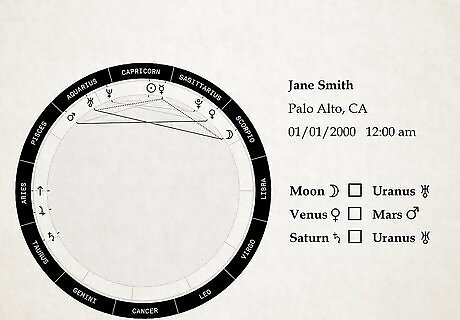
In natal chart readings, the square depicts restrictions and challenges. When it comes to reading birth charts, you’ll often find planets lining up at 90-degree angles. This reveals the square aspect of an astrological chart. The zones inside of these squares can reflect obstacles in one’s life, or areas of difficulty to be aware of. For example, if a rising Mercury falls inside of a square, and Mercury ascendent is associated with curiosity, communication, and youthfulness, perhaps you’re an old soul who won’t have the most fun at parties.
Squares in Numerology
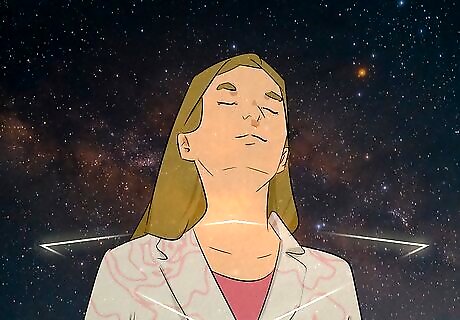
The 4 points of the square symbolize authority and strength. The square’s 4 points rest in equilibrium with one another. As such the square’s “4” expresses power and stability. If the number 4 appears frequently for you, it’s a sign the universe has blessed you with a great foundation as a person, member of the community, or business person. You’ve got momentum and power in you, so don’t ignore it! Notably, 4 is also the lowest composite number in numerology. Composites are numbers divisible by their smaller positive numbers. Composite numbers are the twin flame of prime numbers, and can signal important messages and meanings for you.
Religion and the Square
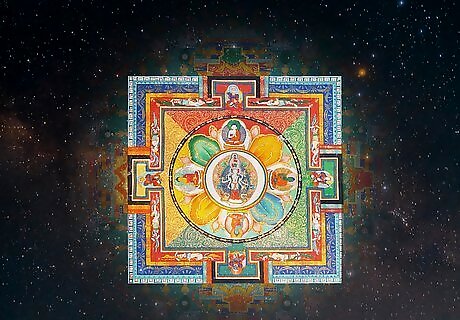
In Buddhism, the square reflects the 4 sacred truths. The square is often associated and depicted with the 4 noble and sacred truths: Dukkha, Samudāya, Nirodha, and Magga. To summarize, these truths are the truth of suffering, the truth of suffering’s origin, the truth of the end of suffering, and the path to the end of suffering. The traditional Buddhist mandala also contains 4 squares, representing the gates to the 4 stages of life.
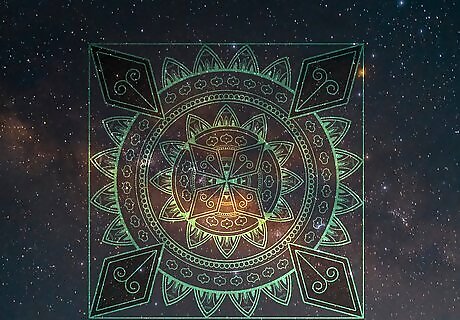
In Hinduism, the square symbolizes heaven and marriage. The square is the key shape of the mandala, a design that’s essential in Hinduism. It represents the building blocks of the universe and the interconnectedness of all things. Hindus also utilize the mandap in marriage. Couples get married underneath the square that’s held up by 4 posts, which represent the 4 parents of the bride and groom. The square above is the heaven overlooking the holy union. It’s the essential symbol for Hindus. For Hindus, the square inside of the circle represents something new beginning to take form.
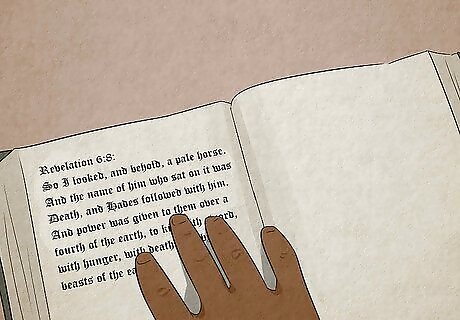
In Christianity, the square is associated with the end times. Christianity’s Holy Trinity (the Father, Son, and the Holy Spirit) is the foundation of the religion. While the square’s 4 points don’t appear often in the Bible, the number 4 and image of the square appear quite frequently in the Book of Revelation, which chronicles the end of the world. There are the 4 horsemen of the apocalypse, the cities laid out into squares, of course, the 4th seal. It reads: “So I looked, and behold, a pale horse. And the name of him who sat on it was Death, and Hades followed with him. And power was given to them over a fourth of the earth, to kill with sword, with hunger, with death, and by the beasts of the earth” (Revelation 6:8). Yeah, it’s pretty intense stuff.
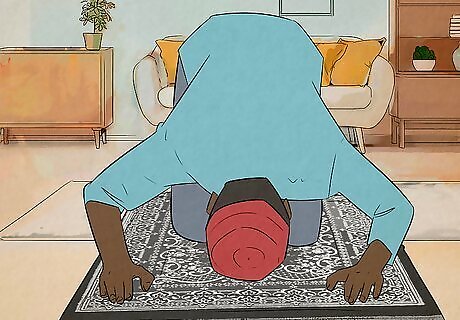
In Islam, the square is a symbol of strength and establishment. Geometry is deeply important to the design and symbolism of Muslim art and architecture. The square, alongside with the circle and triangle, is one of the 3 foundational shapes in Islamic art. It emphasizes the power of the mosque, the foundation of the faith, and the strength of the religion’s building blocks.
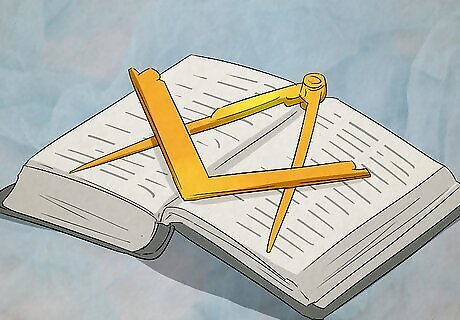
In Freemasonry, the square represents progress and mastery. The square and the compass are the central symbol of Freemasonry. While it’s not the shape of a square, the square does represent one of the central tools of a builder. It’s growth, production, honesty, and truth. The square allows the user to construct perfect angles—exactly what you need to do if you’re going to build a foundation out of bricks and stones. Just as a note, Freemasonry isn’t a religion per se—it’s a fraternal organization for men who believe in a higher power.
Squares in Sacred Geometry
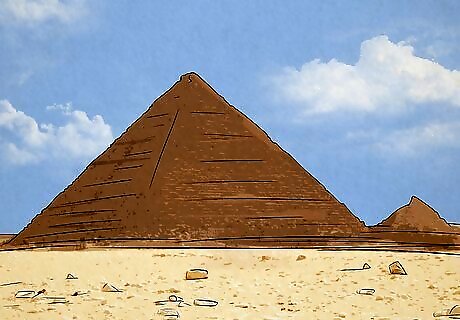
The power of the square is in the foundation of all physical space. The pyramid is arguably the holiest of all structures according to sacred geometry, and it’s 4 triangles (four points!). What is it on top of? A square foundation. The square is grounding, safe, stable, and supportive. It’s the basis of the room. It’s the nature of the floor. In other words, it’s practical, elemental, and foundational. This is why the concept of “squared” numbers in numerology and sacred geometry are so important. The foundational points for an equation, the more complex it becomes!
Design & Architecture
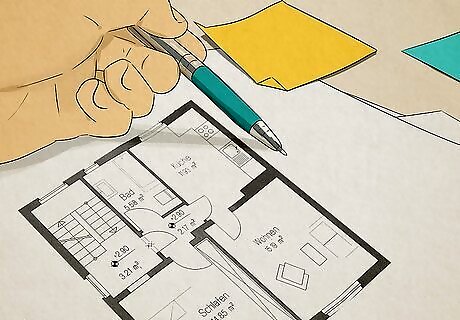
In design and building, the square is a symbol of community. From New York’s Times Square to Prague’s Old Town Square, the “town square” is an idea as old as the city itself (seriously—they go back to the Bronze Age). The square is no regular open space—it’s designed carefully and neatly as an obvious open space for anyone to enter. It’s about the people! Squares can also emphasize uniformity and equality. Think about repeating squares on wallpaper, for example. It communicates an air of repetition and cultural homogeny. Gentle curves and spires are mostly associated with Gothic and Classical architecture, and asymmetry and rounded spaces are aligned with postmodern and contemporary buildings. The square is a classical staple of Soviet-era housing and urban modernization—two movements known for collectivism.
















Comments
0 comment